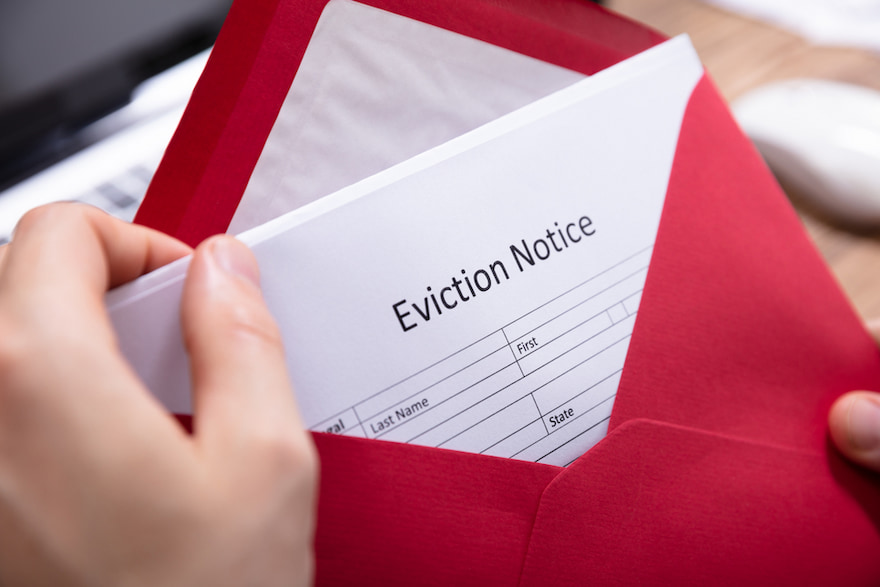If you are a landlord, the chances are good that a former tenant will ask you at some point for a reference letter. Your letter will help them qualify for a lease agreement at another property.
A reference letter helps a landlord determine whether a tenant will pay their full rent on time and follow the terms of their lease. Perhaps you already require a reference letter from your tenant's previous landlords.
Even though these letters can be straightforward to write, it can be challenging to know what to include. This article will provide the information you need to write a landlord reference letter and offer samples you can adjust to suit your specific needs.
Get a Landlord Reference Letter
What is a Landlord Recommendation Letter?
A landlord reference letter is a written document sent from one landlord to another landlord that shares their experience renting to a certain tenant. The purpose of the letter is to give the prospective landlord details on the landlord-tenant relationship you had with the applicant.
A landlord consults this letter as part of a thorough background check to make sure a tenant is reliable.
What to Include in a Landlord Reference Letter
A landlord reference letter should convey in simple terms whether or not a tenant was a reliable renter or not. It should offer specific and relevant information that backs up this point.
The letter does not need to be long or drawn out, and you do not need to include personal details about you or the tenant in question. The key information you need to include are:
- The date of your letter
- Your name, physical address, email address, and phone number
- A greeting using the recipient’s name If you have it or a generic greeting (such as To Whom It May Concern)
- The address of the rental property
- The dates of the previous tenant’s lease
- A description of the tenant’s rent payment history, mentioning any late payments
- Information about any lease violations
- Details on how the tenant maintained the property
- Any negative or positive pet experiences
- A closing statement that includes whether or not you would rent to this tenant again
- Your signature
By including this information in your reference letter, you can give a clear idea to another landlord of what they can expect from the tenant who is applying to rent the property.
How to Write a Reference for a Tenant
A friendly but professional tone is an essential component of a tenant recommendation letter.
Here are additional guidelines to keep in mind as you write a landlord reference letter:
1. Include simple and clear information
Do not include unnecessary information, such as whether or not you are friends with the individual.
Also, be careful not to include information that could reflect any personal bias for or against the individual. To do so might be in violation of the Fair Housing Act.


